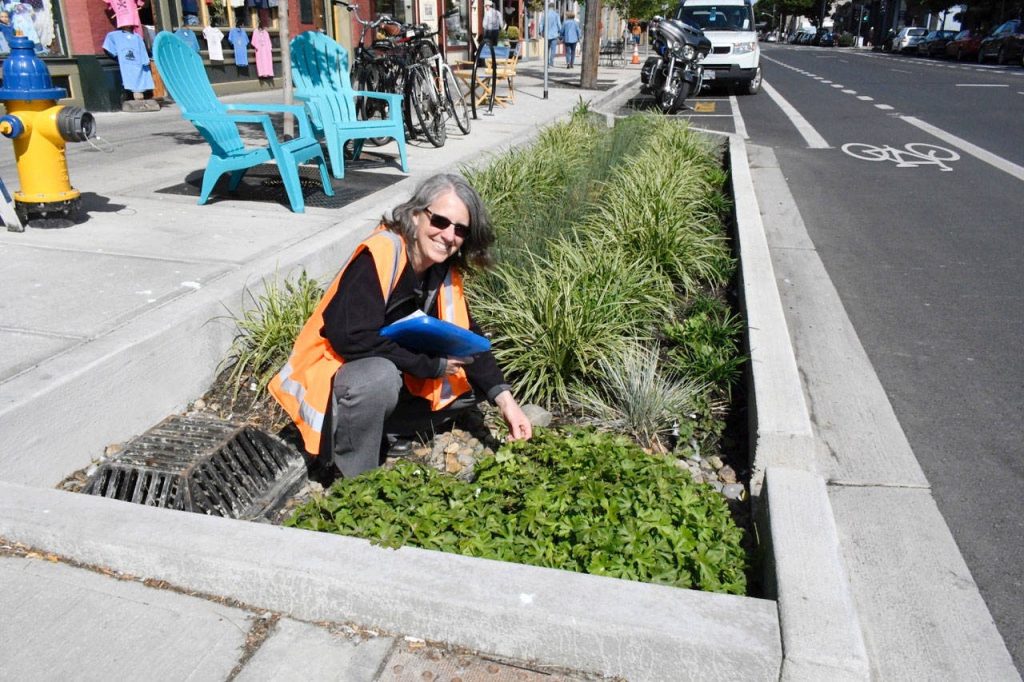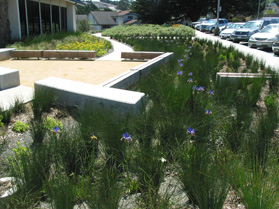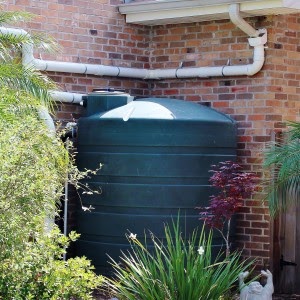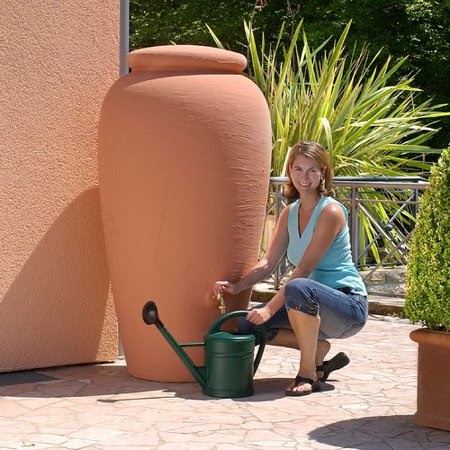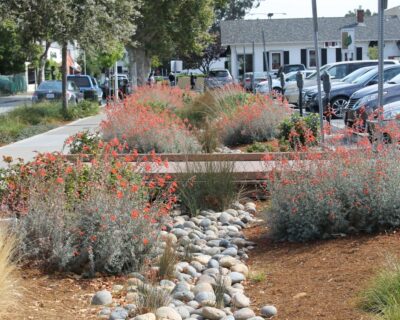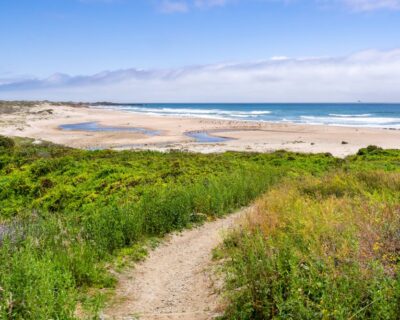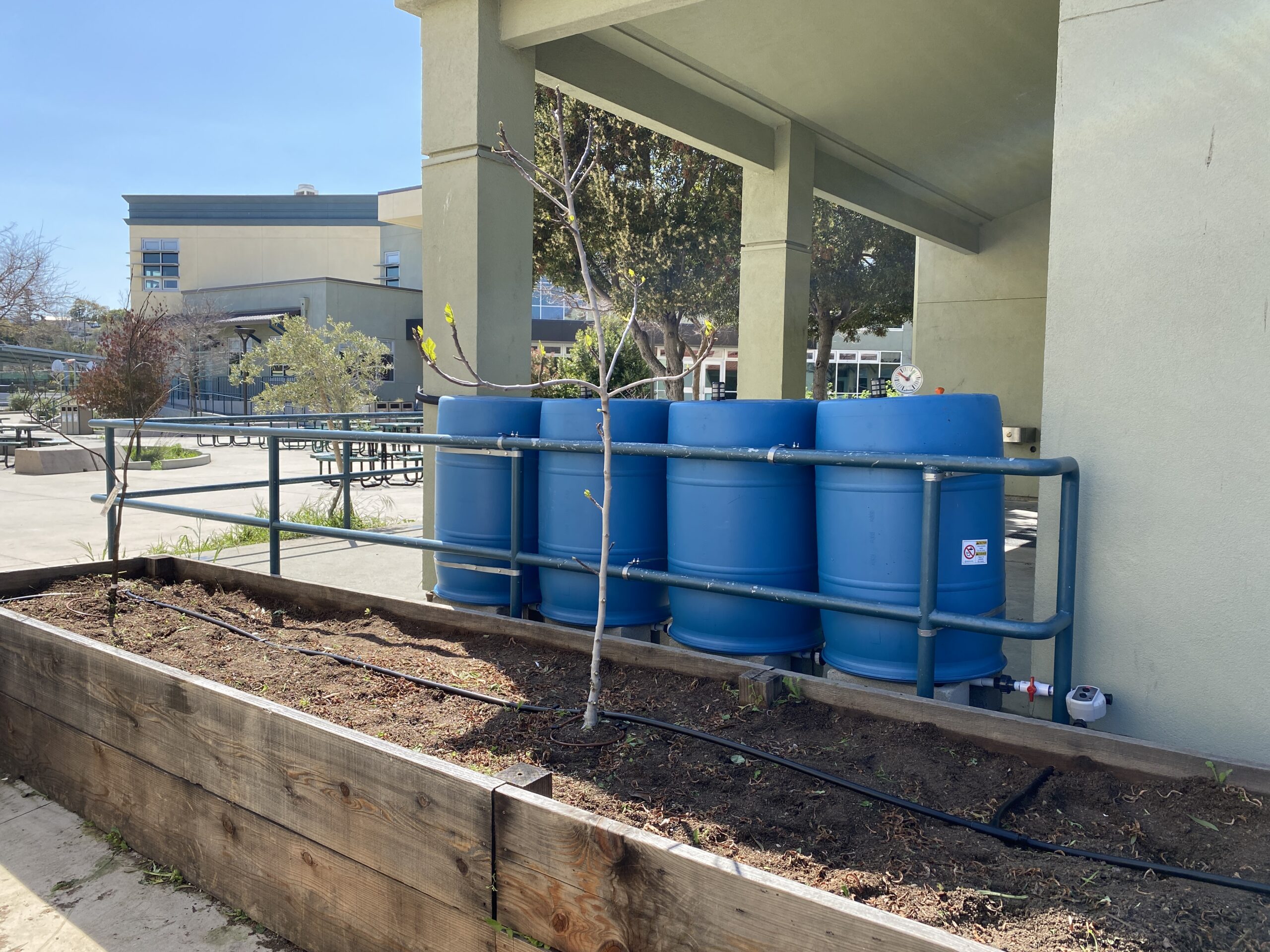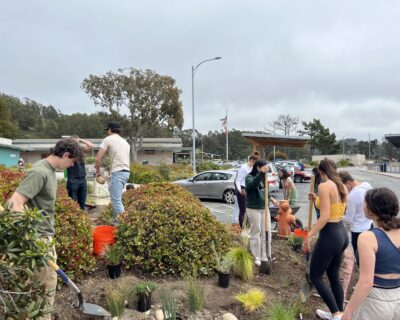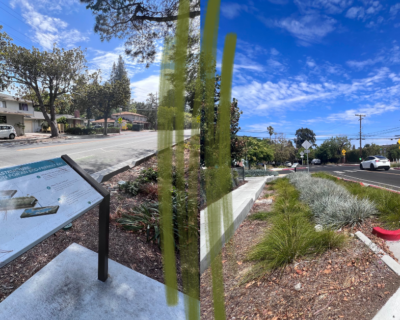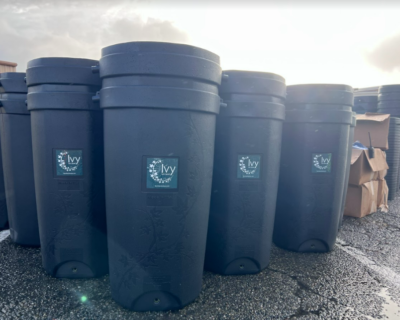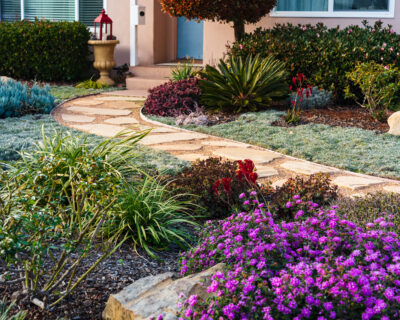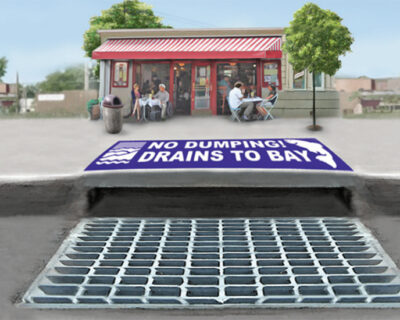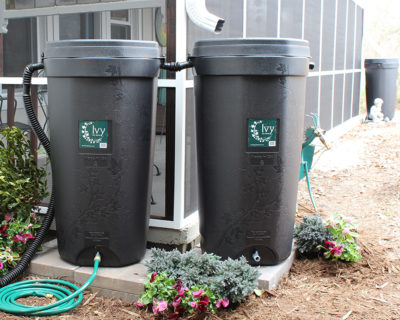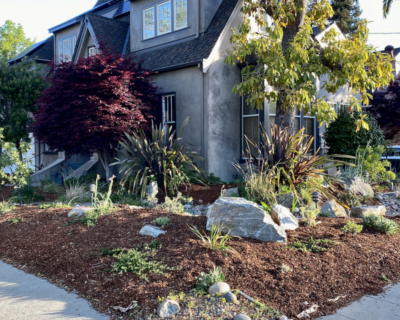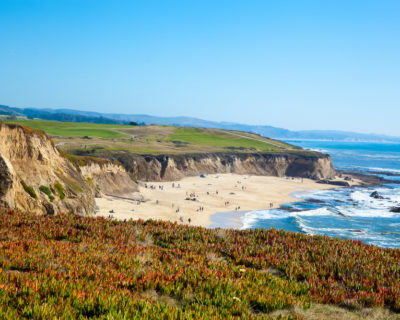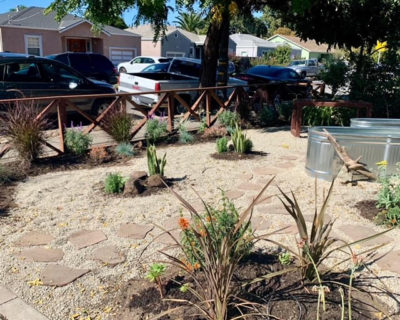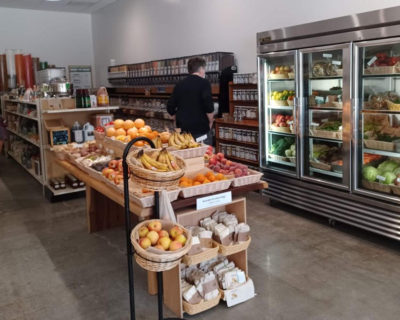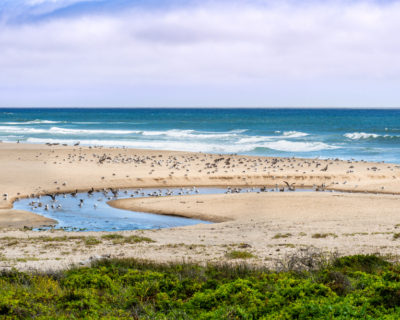With the long dry spell that happens for the better part of the year, some of us may be grateful for the upcoming rainy season. But due to tremendous amounts of urban development throughout the County, rain after a long drought can sometimes be more of a menace than a saving grace.
When the heavy rains come, hillside homes are at risk of erosion and structural issues. Extra rain on roads, roofs, sidewalks and other hard or impervious surfaces can lead to excessive ponding in low-lying elevations, especially in flatter areas of the County. With the unpredictability of future weather events in the face of a changing climate, where storms are more frequent (or sporadic but more intense), the issues are compounded.
Meanwhile, ocean- and Bay-side, we have rising seas to be concerned about. According to the Union of Concerned Scientists, 4,100 homes in San Mateo County are at risk of becoming chronically inundated with tidal water by 2045. “Chronic inundation” refers to the slow creep of sea level rise that causes road closures, sends water into basements, and pushes down real estate values while raising insurance premiums. The homes at risk in SMC currently house nearly 10,000 people and are collectively valued at 2.25 billion dollars.
Fortunately, there are actions we can take to not only help mitigate the effects of flooding, but also improve water quality and enhance neighborhoods. Say hello to green infrastructure.
What Is Green Infrastructure?
Green Infrastructure (GI) is infrastructure that uses vegetation, soils, and natural processes to manage water and create healthier urban environments. GI comes in many different forms, but all include resilient, sustainable systems that slow, filter, harvest, infiltrate and/or evapotranspirate rainwater, all in an effort to reduce the potential consequences of too much water on the landscape.
In 2019, the 20 towns and cities plus the County of San Mateo will be adopting Green Infrastructure Plans to layout a strategy for managing stormwater more sustainably using green infrastructure. These plans will create new policies and identify community priorities to guide green stormwater infrastructure projects over the coming decades. Keep reading to learn about different GI examples and the ways in which they can help mitigate flooding and improve water quality.
1.) Permeable surfaces. Even though our Public Works departments are diligent about keeping storm drains free of debris, a single blocked drain can cause serious problems and exacerbate flooding. One solution is to ensure storm drains stay clean of trash, litter, sediment, and foliage. But another solution is to increase the amount of permeable ground cover which would allow more water to soak into the ground instead of running off and flowing directly into the storm drain system. An added benefit of permeable surfaces? As water moves through the ground it is cleaned by microorganisms in the soil, which makes it much cleaner than it would have been otherwise when it enters our creeks and flows to the Bay and Pacific Ocean. Interlocking concrete pavers, porous asphalt, and pervious concrete are all examples of these types of permeable paving surfaces.
2.) Rain Gardens and Bioswales. Landscaping features that are used to slow, collect, and filter stormwater are another great way to mitigate flooding while improving water quality. Rain gardens and bioswales (which typically move water through a landscape more than they infiltrate water) are depressed areas of almost any size and shape that are vegetated with plants that can withstand both heavy watering and drought. To ensure optimum performance, rain gardens are mulched with organic and inorganic materials alike (e.g. things like compost and pea gravel) to dissipate the energy of water flowing into them and to keep plants thriving. And much like the before mentioned permeable surfaces, the soil or ground cover used in these systems are designed to filter and clean stormwater before it arrives at larger water bodies.
3.) Cisterns and Rain Barrels.
Beyond designing features that control the way water moves through our neighborhoods, taking advantage of the rain for our own needs at home or business can help curb water pollution and flooding as well. Whether you choose to install a cistern that hold thousands of gallons of rainwater, or a barrel with a maximum capacity of 55 gallons, collecting rainwater prevents runoff by storing it over time and using it as it is needed. When the ground is saturated, the remaining water that can’t get absorbed moves across the top of the ground, picking up pesticides, toxins, trash, and anything else on the ground as it flows. Rain barrels and other rainwater harvesting systems reduce the amount of water that makes it onto the ground in the first place, both reducing stormwater runoff, pollution, and ultimately saving you money on your water bill as the captured rainwater can be used to water your garden, wash your car, or bathe your pets. Click here to learn more about rain barrels and to take advantage of the Countywide rain barrel rebate.
Our Shared Future
Flooding is a real and growing concern in San Mateo county, but some of its effects can be alleviated with some very simple upgrades. Green infrastructure projects are already underway in the County with the support of the City/County Association of Governments of San Mateo County (C/CAG). C/CAG has already developed a countywide stormwater resource plan and recently received a Caltrans grant to create a Sustainable Streets Master Plan. The master plan aims to prioritize roadways in the county that are prime locations for integrating green infrastructure with other community priorities and planned investments, such as bicycle and pedestrian improvements, pavement maintenance, and utility upgrades. C/CAG also recently awarded $2.1 million to 10 municipalities for integrating green infrastructure with Safe Routes to Schools improvements. These efforts help demonstrate the potential for green infrastructure to build more resilient communities while addressing long-term stormwater issues.
On an individual level, you can help too! Share this blog with your friends, talk to your neighbors about this issue, and ask your city council about green infrastructure projects in your neighborhood. Residents can also take action to protect the health and beauty of our water bodies by picking up after their pets, implementing eco-friendly gardening and auto maintenance practices, participating in the rain barrel rebate program, and properly disposing household hazardous wastes—to name a few. We are also available to answer questions and hear ideas—you can email us at info@flowstobay.org.
More Reading & Resources:
- Flows To Bay, “Easy on Green Street”
- Flows To Bay, “Green Streets and Parking Lots”
- Flows To Bay, Rain Barrel and rain barrel rebate information
- San Mateo County, “Coordinated Water Efforts”
- Sea Change San Mateo County
- CBS KPIX,”Report: Rising Sea Levels To Flood Thousand OF Bay Area, California Homes”
- ABC 7 “News, Peninsula cities band together as sea level rise threatens homes, businesses”

